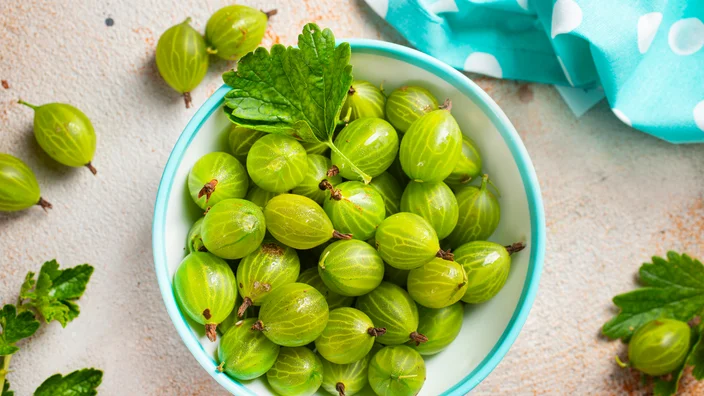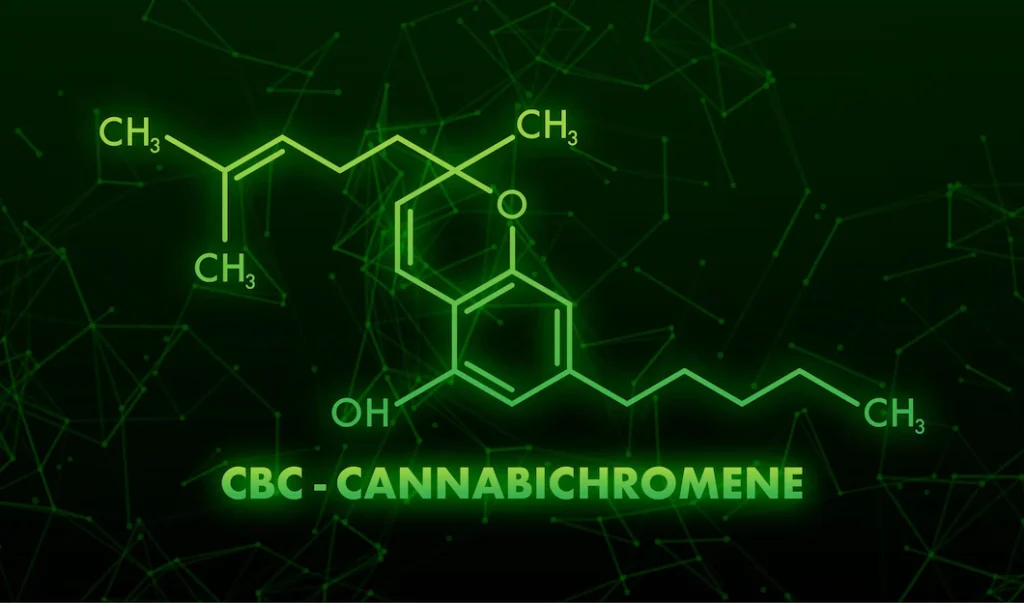
Cannabinoids and the Performance Athlete
July 7, 2021
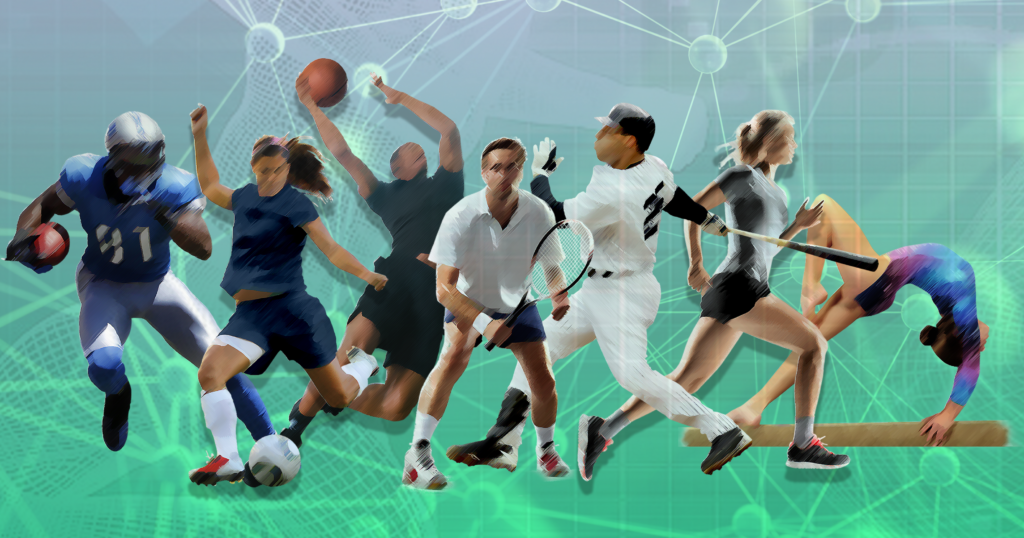
This week’s blog is written by Zilis’ Senior Innovation Strategist, Gabriel Ettenson. Gabriel graduated from Columbia University in 1998 with a Master’s degree in Physical Therapy and subsequently practiced for 16 years in New York City. Given his experience in both athletic rehabilitation and hemp, this blog integrates these two worlds to provide some insight into this up-and-coming cannabinoid-focused customer demographic.
As new markets for CBD and other cannabinoid products continue to become increasingly accessible in the United States, one must not overlook the potential of the performance athlete market. To be more specific however, I am referring to the most important part of that market, which is the growing number of health, fitness, and medical professionals who are responsible for a performance athlete’s care and guidance.
This unique market, which features physical therapists, chiropractors, massage therapists, kinesiologists, yoga instructors, physical trainers, and many others, encompasses the care of those who participate in an extremely long list of sports and specialized activities designed to push the human body and mind; while ironically, wreaking havoc on them. The performance athlete market is growing at an exponential pace in the United States and around the world, further fueled by creativity and the desire for fun, and of course, the isolation of the pandemic. And make no mistake, to the many professionals who performance athletes look to for advice, and who are dedicated to reducing injury, treating existing injuries, or taking the athlete’s body to the next level, new ways to achieve “better, faster, and stronger” are in significant demand.
And it’s not just a need to be better at one’s job that is driving the demand among these professionals for new tools, but the ever-expanding need to become a master of one’s own professional destiny, an entrepreneur with something new and exciting to offer. When the drive to gain financial freedom and flexibility combines with a truly beneficial, safe, and impactful product, there is no easy way to fail. For this reason, once again, I believe this market is a strong driver for the upcoming growth in Hemp industry version 2.0.
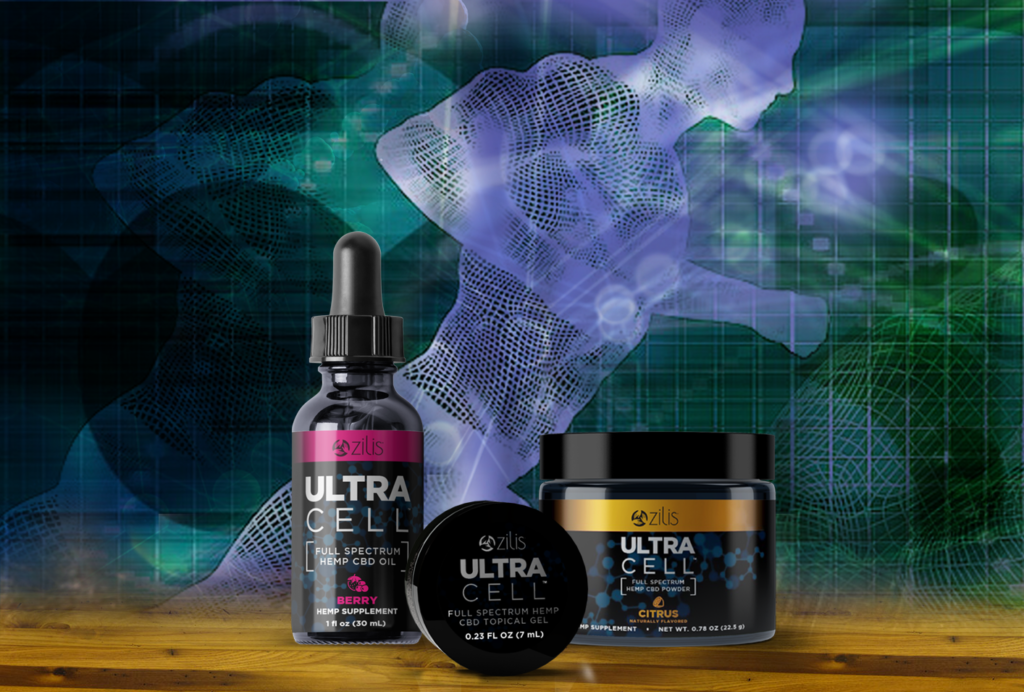
But isn’t a Performance Athlete Already Healthy?
This is indeed a good question. From my perspective, having been a Physical Therapist for 16 years, the answer is “absolutely not!” While most people don’t debate the scientifically-proven value of exercise for maintaining an optimal state of health and wellness, there is nothing in the universe that does not become destructive if done in excess, even exercise. And often in the case of a performance athlete, the physical and mental trauma that is derived from the need to compete is quite substantial; so much so that the athlete often mistakes nervous system fatigue and joint and tissue inflammation for the inevitable consequence of a proper “no pain, no gain” attitude.
What is perhaps best exemplified in the all too familiar example of a 40-year-old ultra-marathon runner who looks 65, is the failure to allow the body to recover and return to a state of cellular homeostasis after extreme exercise, which inevitably creates an expedited aging process throughout the entire body. However, as mentioned above, when it comes to athletes, the most common areas of concern are the muscles (creating motion), the joints (allowing that motion to occur in a meaningful way) and the nerves (maintaining the communication throughout the movements).
And let’s not forget the “mental strain” of a performance athlete who typically cycles between anxiety over their ability to compete, an obsessive need to train harder, frustration over injury-related delays, and fear of losing their athleticism as they age. This mental overuse syndrome further compounds the physical issues by placing additional stress on the nervous system and other regulators of the neurotransmitter-fueled stress response in the body.
How Do Cannabinoids Help?
Whether we are talking about hemp’s “Swiss Army Knife”, CBD, or other commercially available cannabinoids such as CBG, CBDv or CBN, the most important impact they have on the performance athlete is their unique ability to help restore cellular homeostasis.† Homeostasis, which refers to the state of equilibrium or balance in a cell, is not a sexy word by any means, but is in fact what defines the concept of proper athletic recovery.
For an athlete however, it is all about increasing activity, whether speed, power, force, endurance, etc. But on the cellular level of the athlete, the effort to adapt to a prolonged state of increased activity and energy demand leads to an unavoidable loss of the body to decrease activity, conserve energy, and return to an optimal state of function. What happens next is the body begins to increase and decrease activity in other systems to compensate for these changes; and an eventual state of body imbalance develops. As a result, one or more of the wide arrays of diagnoses that fall under the umbrella of “athletic injuries” inevitably occurs in the athlete.
So, are most athletic injuries actually just different manifestations of an over-training driven failure to allow the human body to return to a normal level of balance? I would suggest this is the case. And as above, while these issues do typically involve the musculoskeletal system (joints, bones, and muscles) or the nervous system in an athlete, it all comes down to restoring balance in those systems as well as their supporting systems. And this is where the incredible capabilities of cannabinoids to support and expedite that process comes in.†
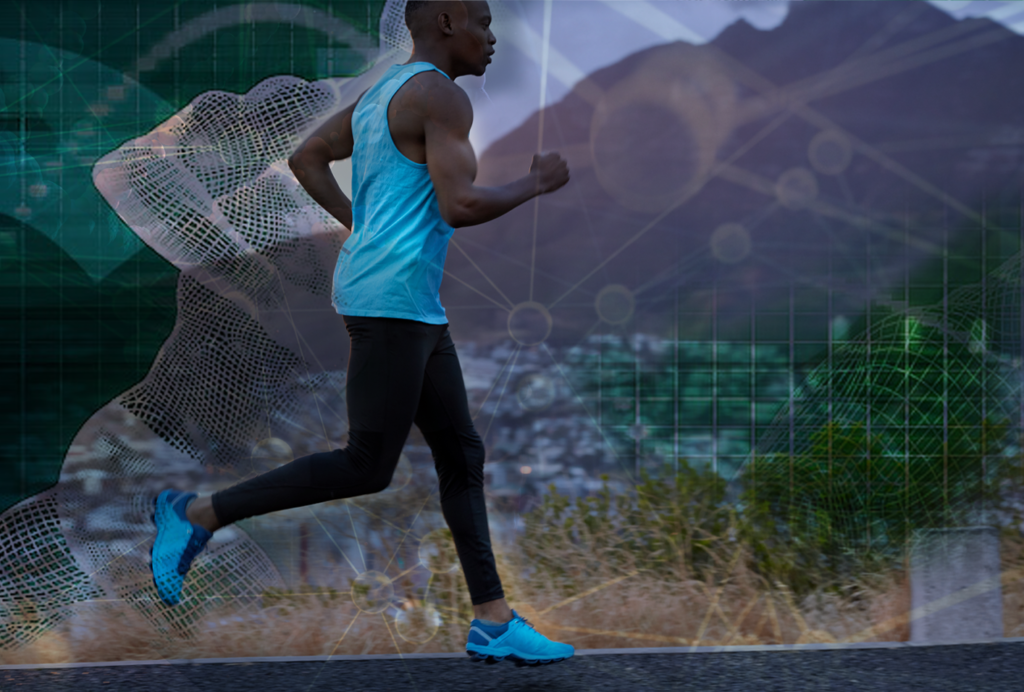
Other Key Factors to Consider
Now that we have boiled down the general mechanism by which cannabinoids can promote recovery and balance in the body of a performance athlete, there are other considerations for effectively penetrating this market.† They are as follows:
- Be Selective: There is no doubt that the more heavily credentialed a health, fitness or medical professional is, the more likely they are to be a trusted source of advice for a performance athlete looking to try cannabinoid products. But you’d better be prepared to address a lot of objections with these individuals as they often view these products through a pharmaceutical lens and require similar levels of clinical research to assure safety and efficacy of the products. This path is for dietary supplement and skincare sellers with extreme amounts of patience. However, when you look at alternative medicine practitioners (or open-minded, entrepreneurial MD’s) for example, you’ll likely see that they straddle the fence between knowledge and intuition, what’s known and what is not yet known, but feels correct when considering all known factors. With these practitioners, you will likely find more efficiency in their willingness to explore the ideas you present and an openness to rely on patient/client feedback to support what they may find limited in the information you provide or that they find independently. You will also likely find they have an existing appreciation for the complimentary value of plant compounds to medications and how plant compounds differ from pharmaceutical ingredients. Finally, they may possess a more well-rounded understanding of how supplements are made; how good manufacturing practices can create a certain level of safety and quality; and how this can minimize both the perceived and actual risk.
- Be Aware of THC Levels: The Hemp-CBD industry has been around since 2014 and there are certainly documented cases of CBD consumers claiming to have tested positive for THC. Some of those cases were likely due to inaccurate product specifications, and others may have been the actual testing methods used (many cannot differentiate between THC and CBD). I can assure you that this issue won’t resolve overnight. There is a risk. It is very important to be aware of this, communicate it properly, and know who you are dealing with when engaging with a medical, fitness or health professional. Low THC products that have been tested at labs that are ISO-accredited for cannabinoid purity analysis for the type of product being tested are good to consider.
- Understand It Is Not “One Size Fits All”: One of the issues with being part of an emerging industry is the desire for everyone to connect a new, emerging product with a specific, known effect or outcome. In the cannabinoid industry, this often results in the person selling the product suggesting their own individual experience is what everyone else should experience. When dealing with performance athletes, who operate at extreme levels, there is no doubt that results may vary, and it is important to discuss this with the practitioners who are responsible for delivering a support benefit when recommending these products. While it is often the case that support benefits are seen very quickly,† it never hurts to set expectations while simultaneously showing appreciation for the complexity of the human body. Endocannabinoid systems are like snowflakes in that each one is different.
- CBD Is Not a Panacea: Yes, CBD is the elite athlete of the supplement and cosmetic world right now, and it promotes very, very important benefits.† But as much as every athlete (or human) loves to believe in a silver bullet, it is the well-rounded approach to the human body that prevails. Whether it’s sleep/wake, work/life, food/supplement, body/mind, etc., there will always be the other considerations for optimizing the body of a performance athlete. So, while it is tempting to sell that magic bullet and downplay other components to a healthy lifestyle, being honest about the powerfully supportive ability of cannabinoids to accelerate performance enhancement,† but not be solely responsible for it, is very important.
The future of cannabinoids in sports performance and recovery is indeed very exciting. And with science showing increasing support for the abilities of these unique compounds to promote balance in the human body,† we will soon likely see athleticism reaching levels never-before-seen. With the right educational approach, awareness of the uniqueness of a performance athlete’s body and proper partnerships with professionals that serve as these athletes’ gurus, a true win-win can be realized for all parties. It will be exciting to see this up-and-coming market segment grow in the next 12-24 months.
† These statements have not been evaluated by the Food & Drug Administration. These products are not intended to diagnose, treat, cure, prevent or mitigate any disease.
About Zilis’ Scientific Research & Development Department
Our Scientific Research and Development Department is headed up by Dr. Marielle Weintraub, a hemp industry expert. She holds a master’s and a PhD in Behavioral Neuroscience and is very active in many dietary supplement and hemp industry trade associations, including her role as the current President of the U.S. Hemp Authority. Dr. Weintraub is committed to the continued development of hemp-specific information and testing to fulfill the Zilis mission.
Zilis is the creator of UltraCell™, a CBD oil product derived from hemp. Based in Argyle, Texas, a suburb of Dallas-Fort Worth, Zilis is privately held. Visit zilis.com for more information.
SHARE THIS POST
ABOUT THIS BLOG
Discover : The blog with the lifestyle, nutrition, science, and history of the hemp industry.
It’s your go-to for the most up-to-date information on hemp, CBD, dietary supplements, and more! Check it out!






